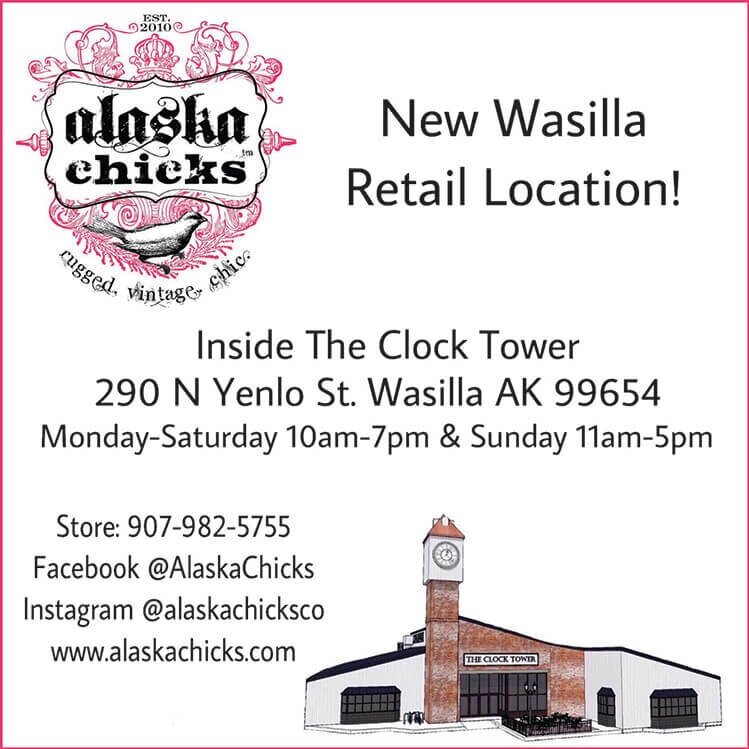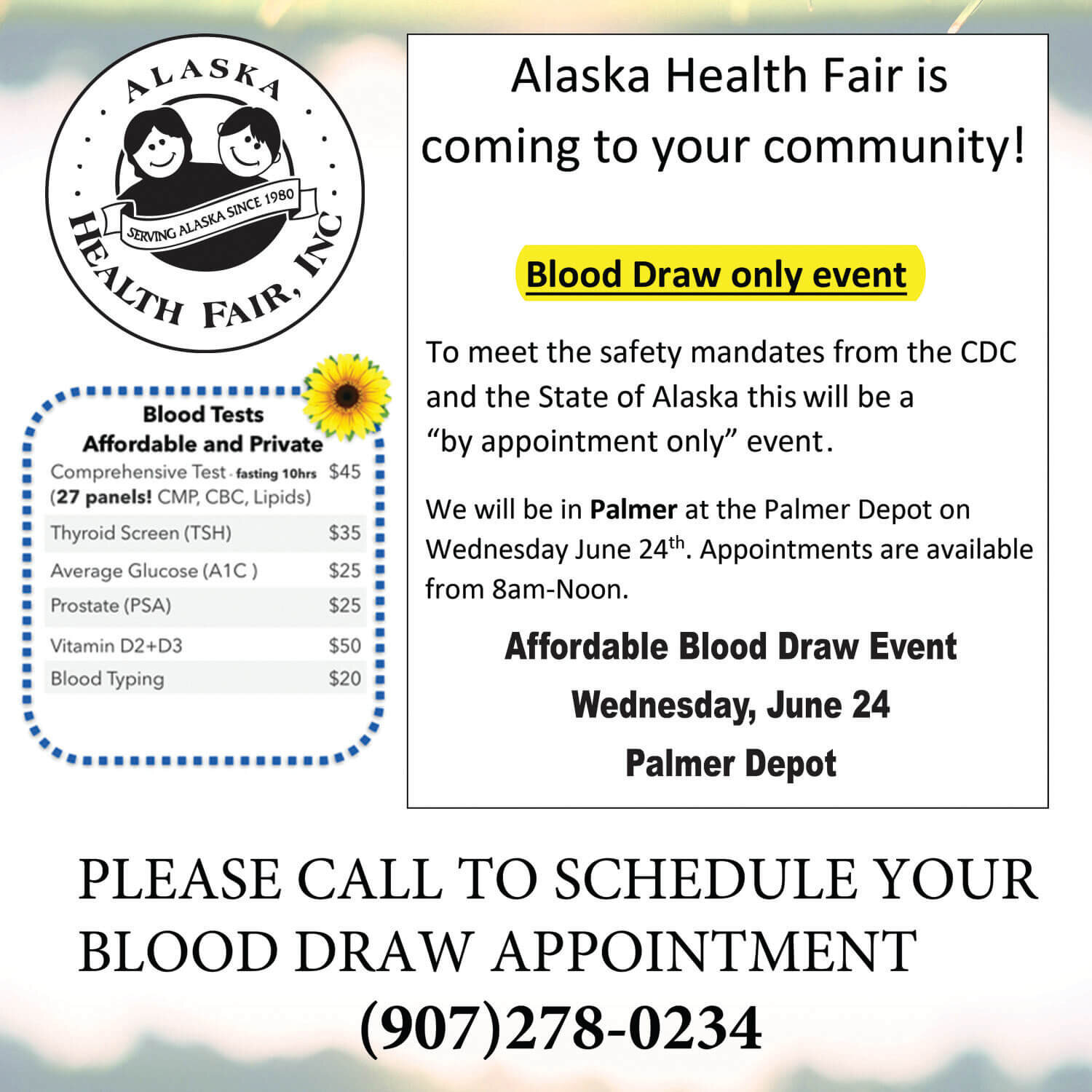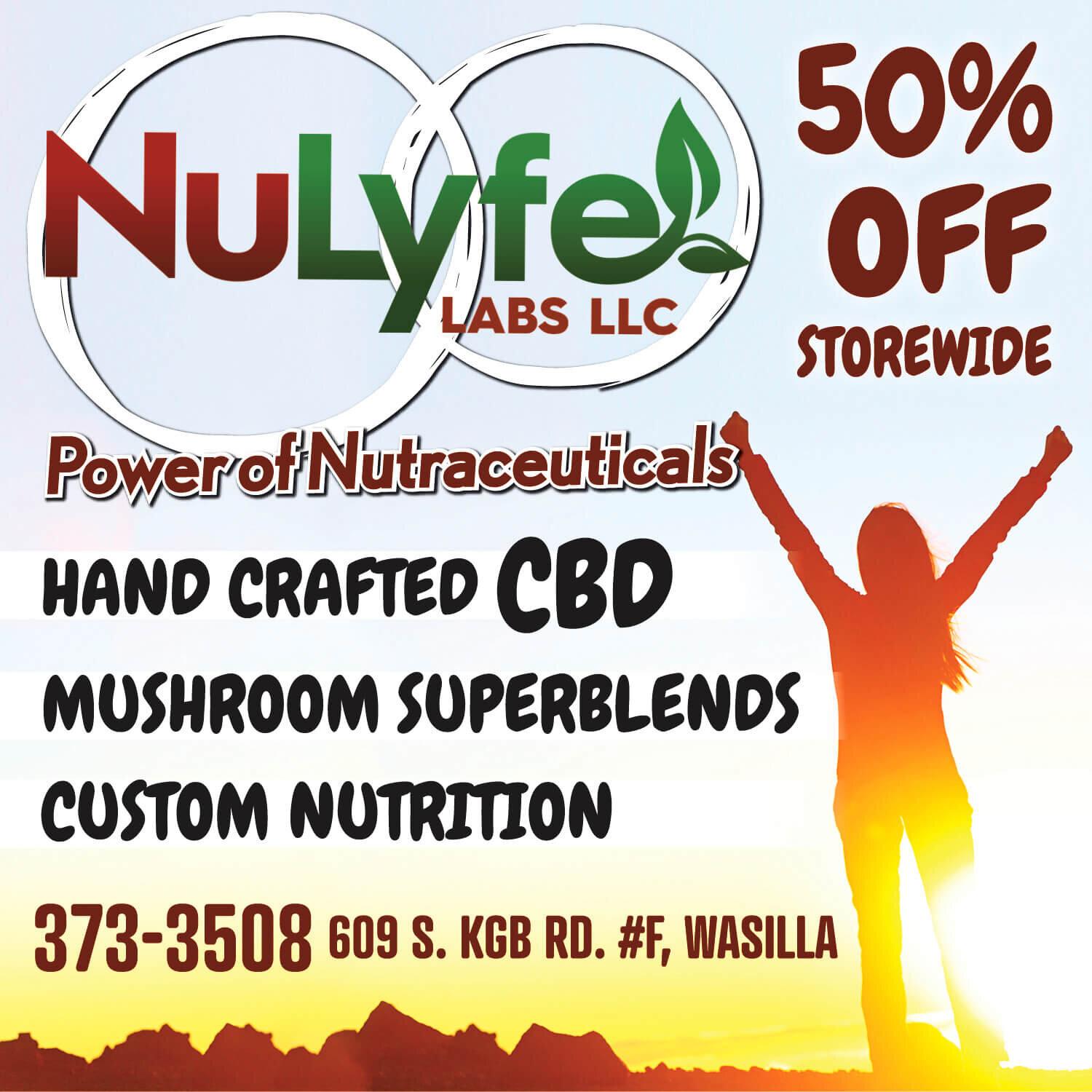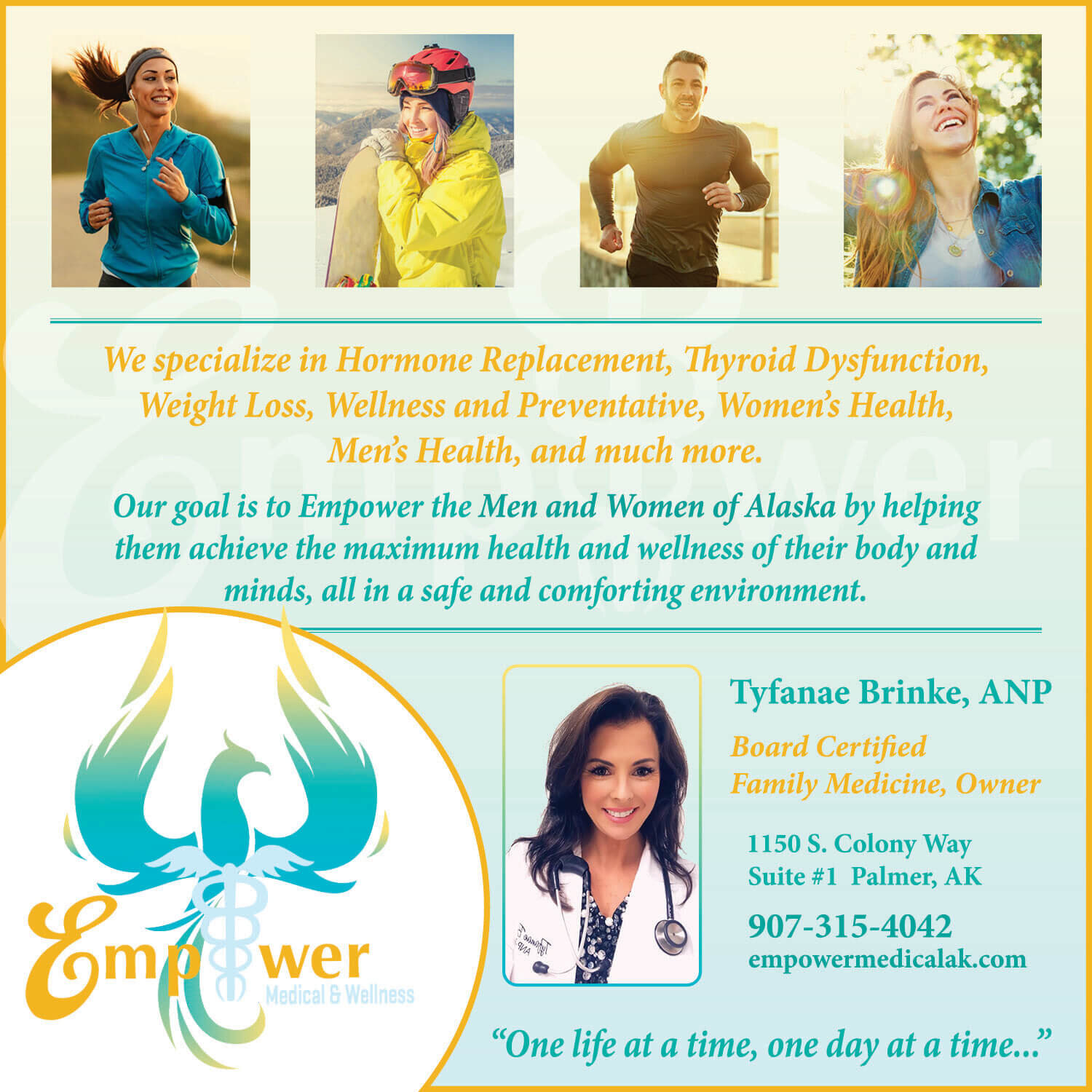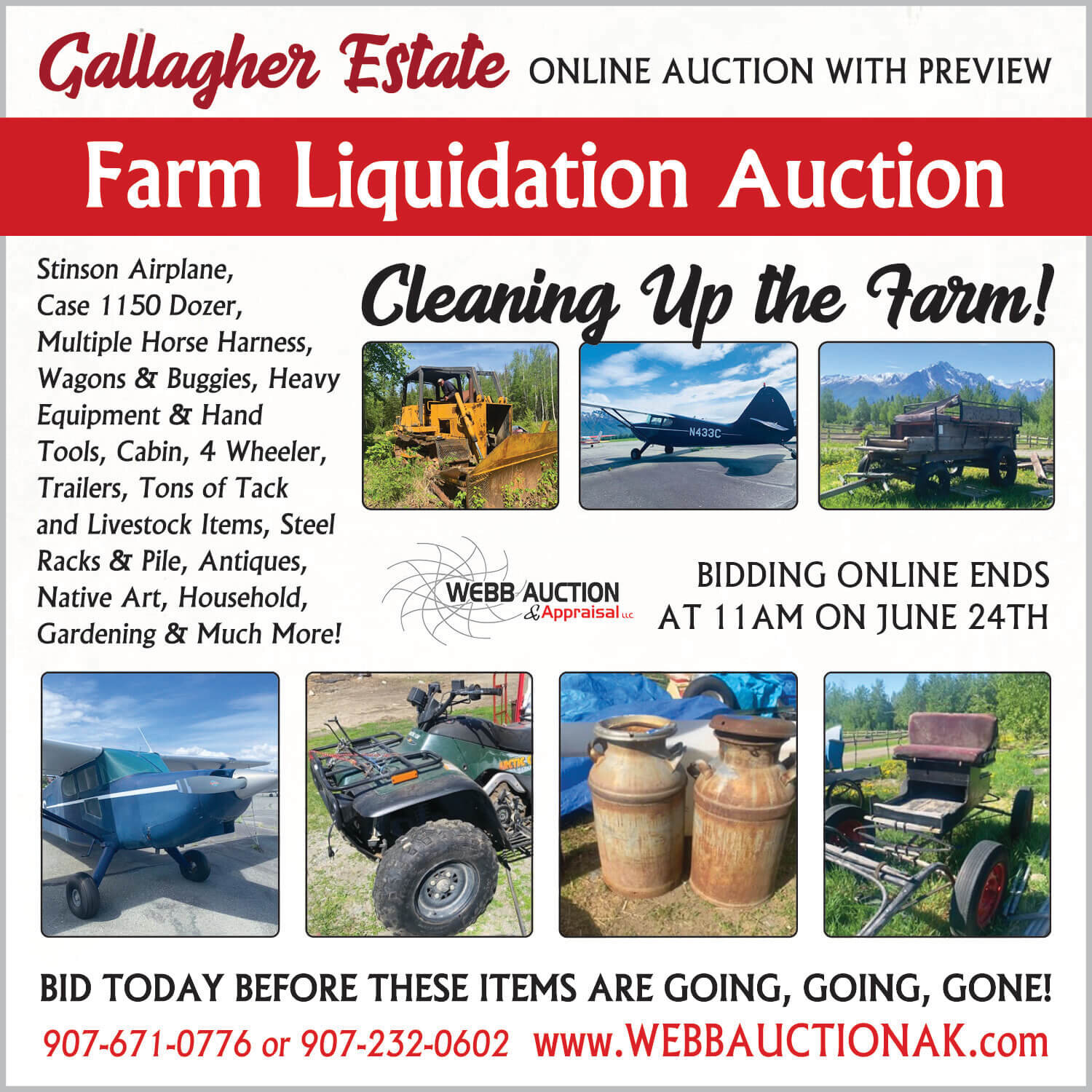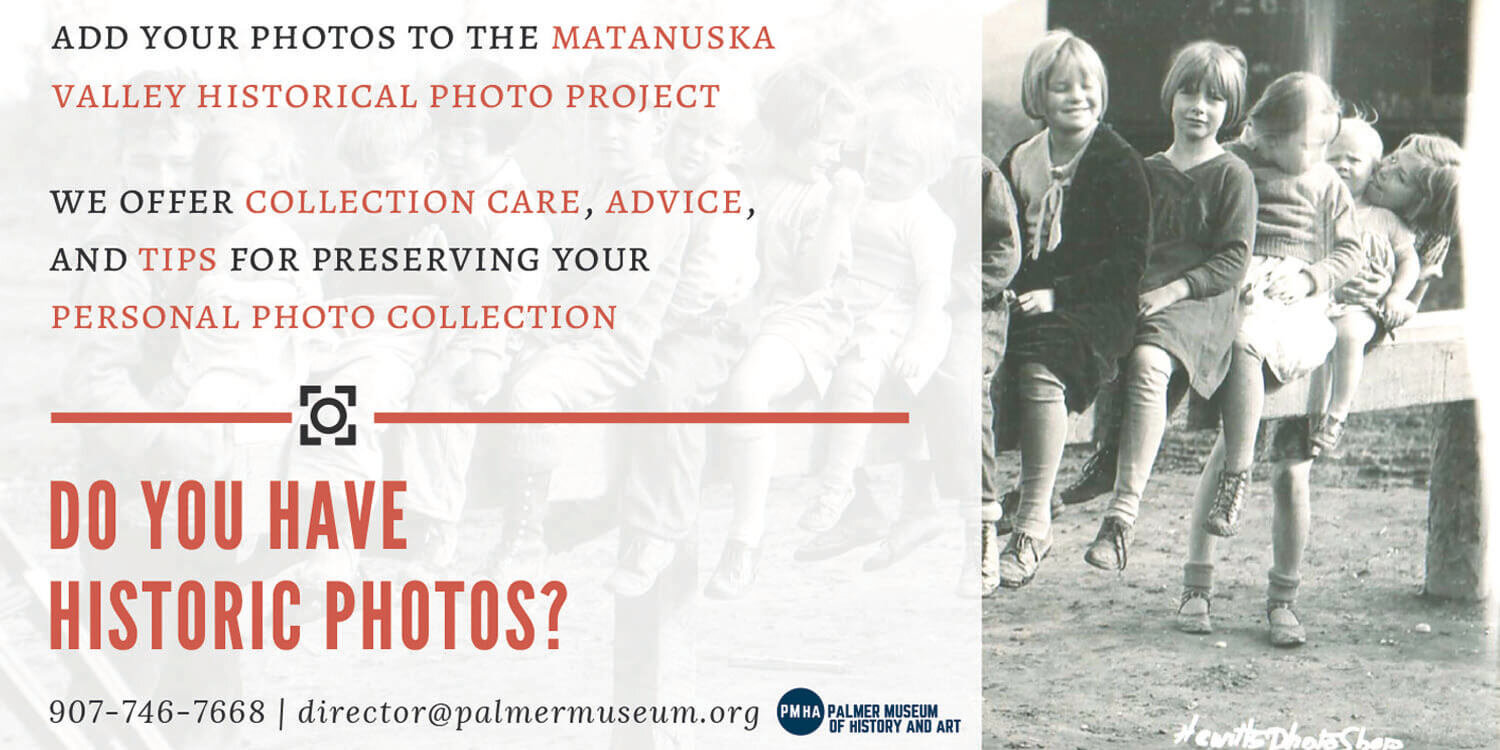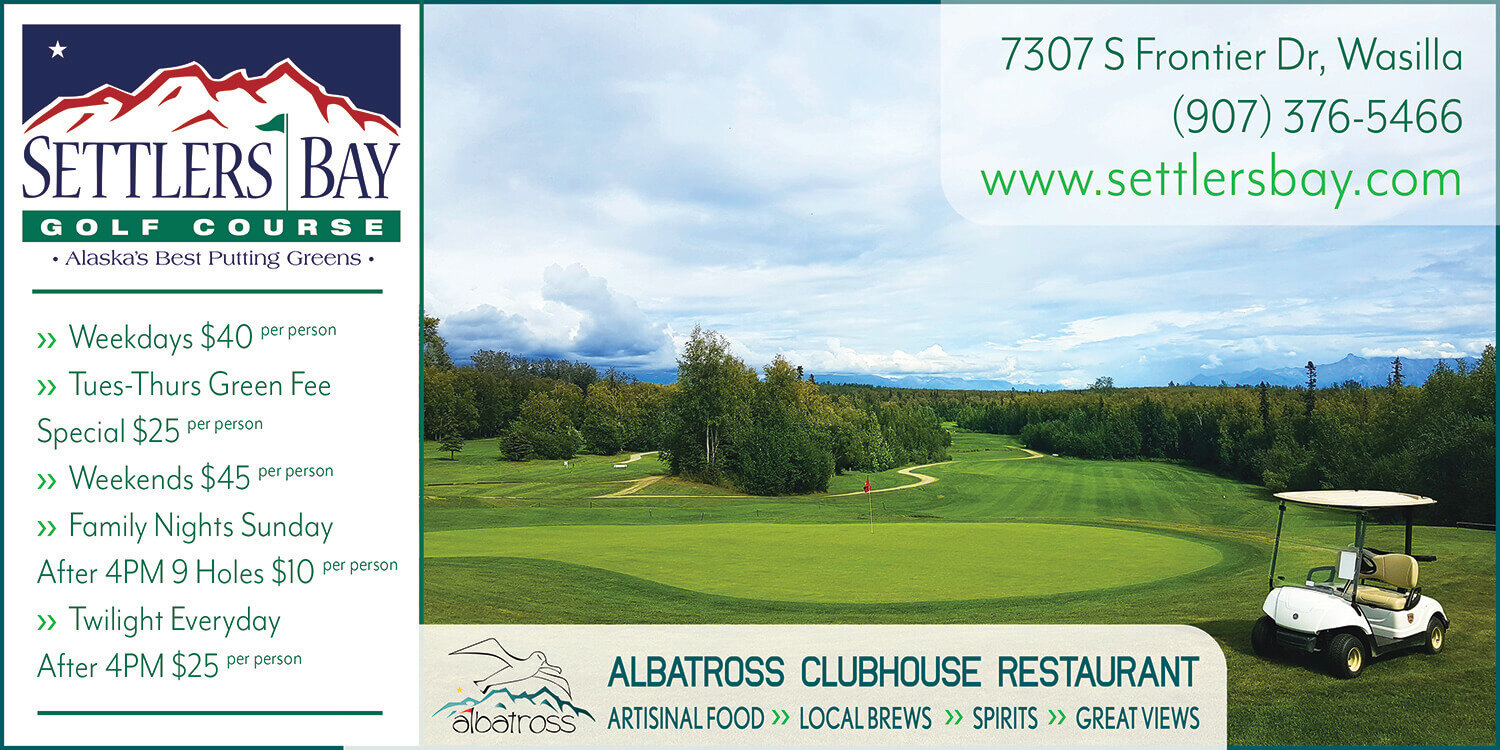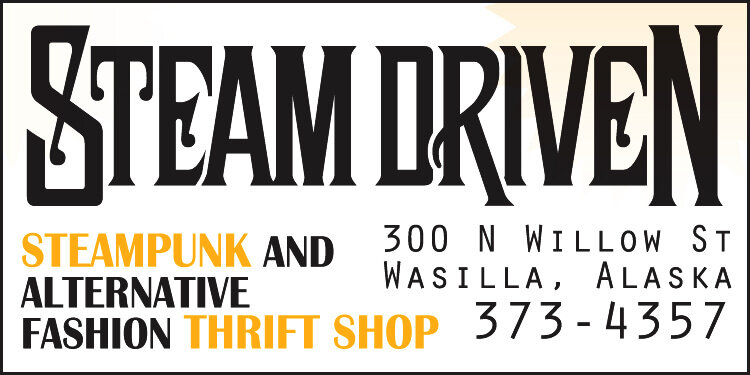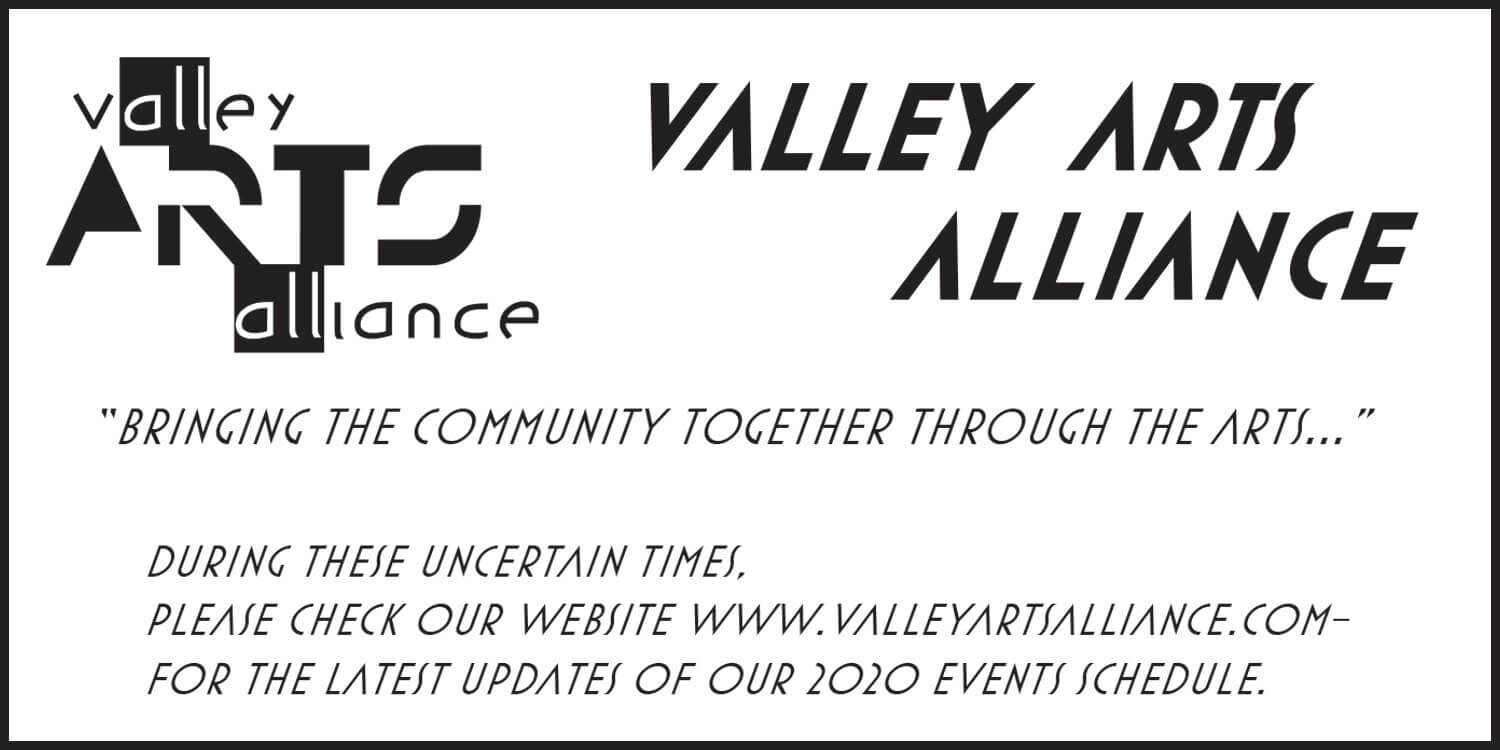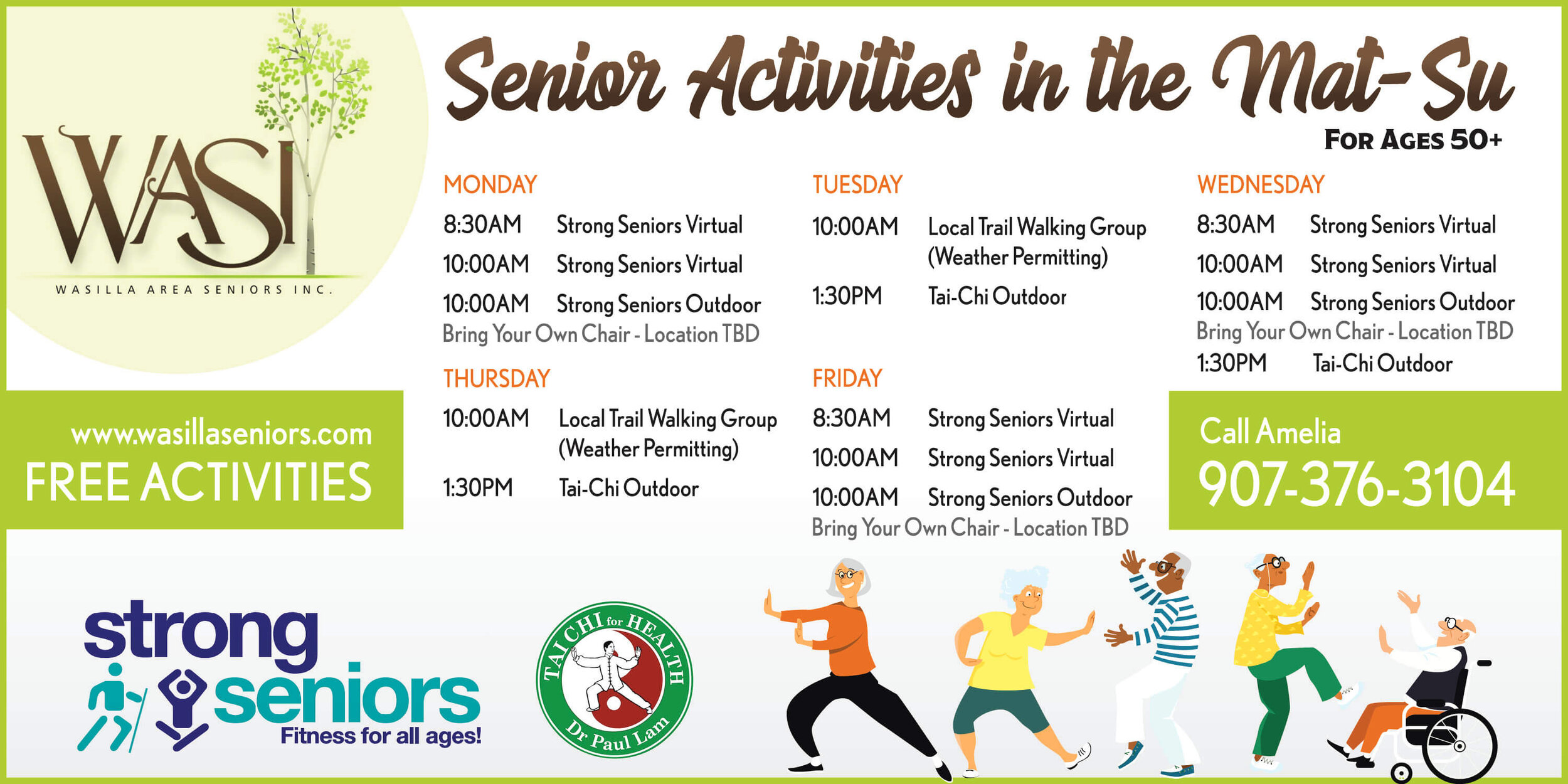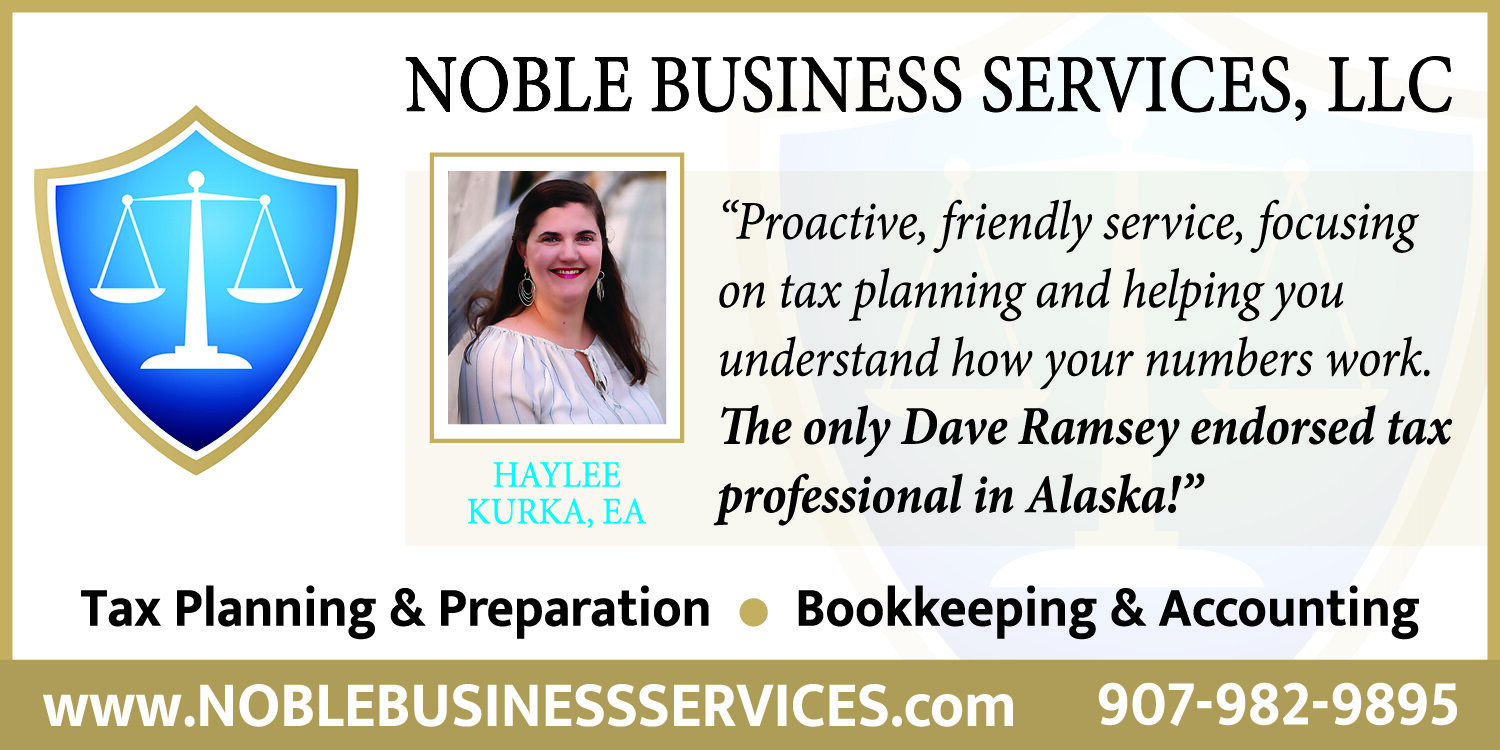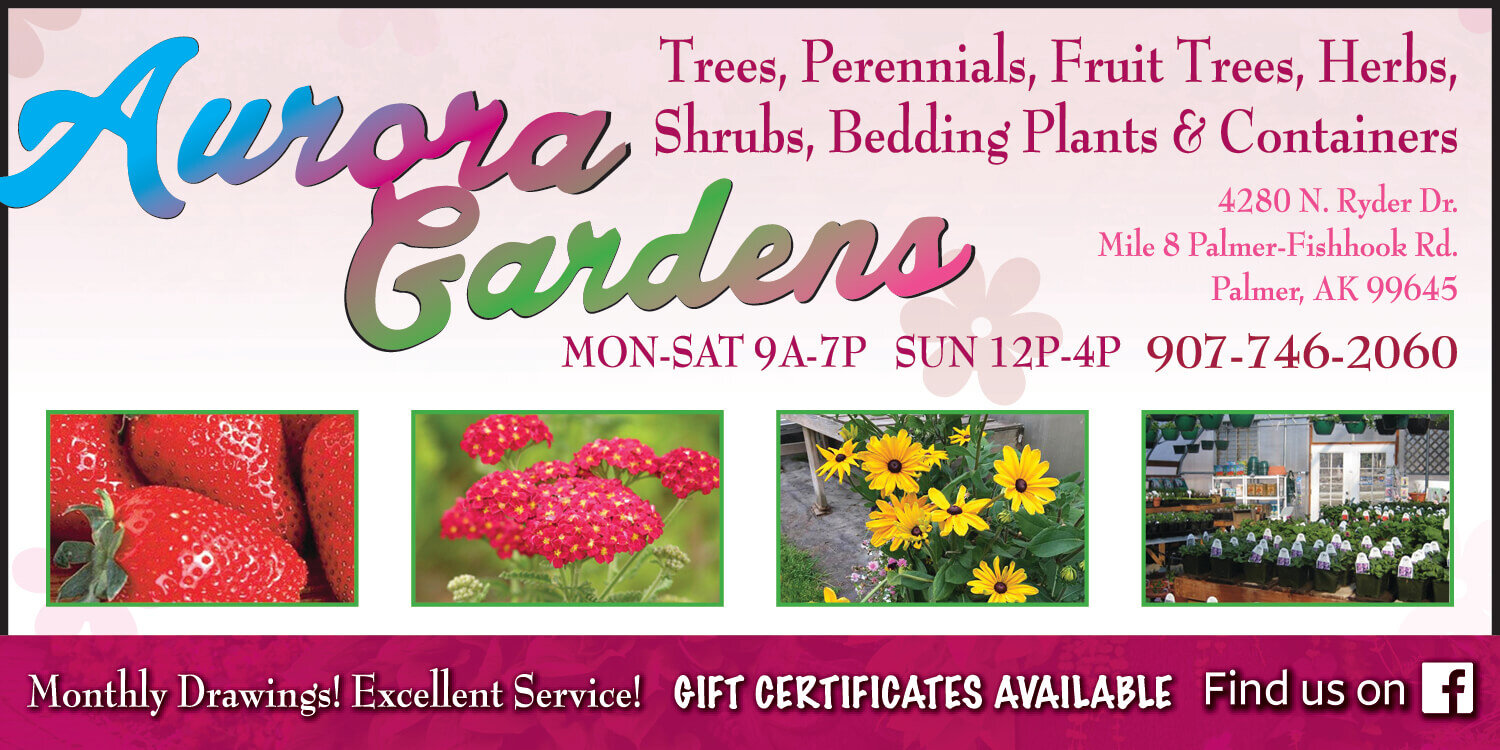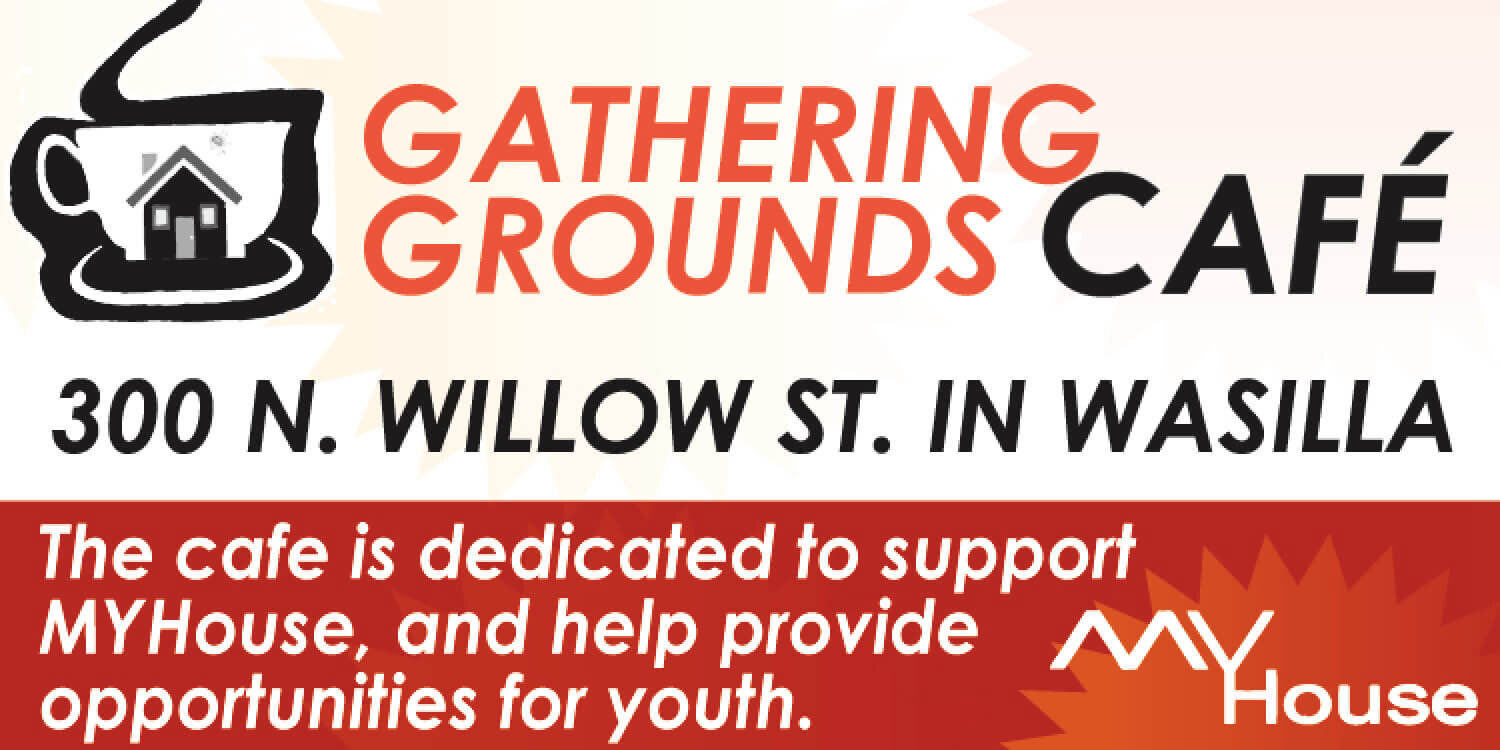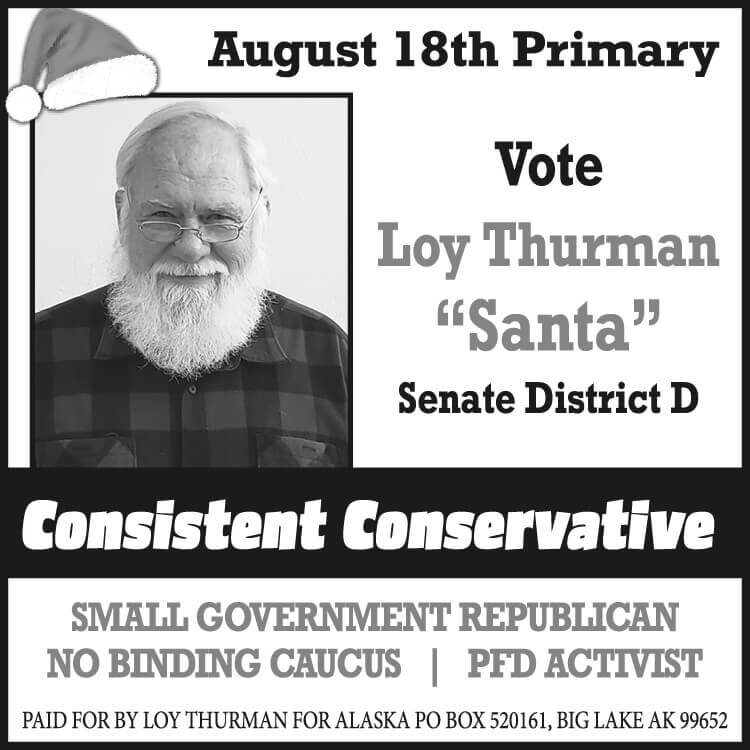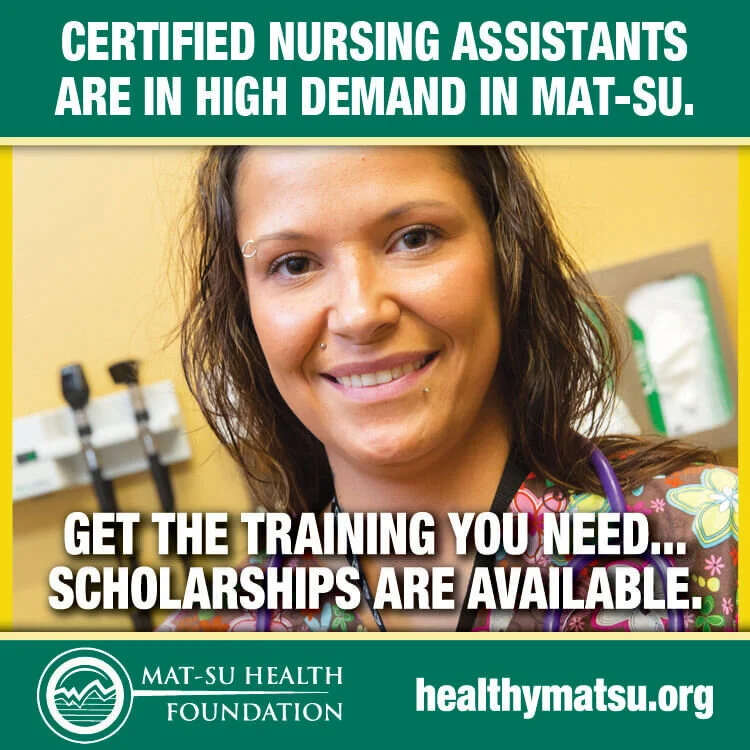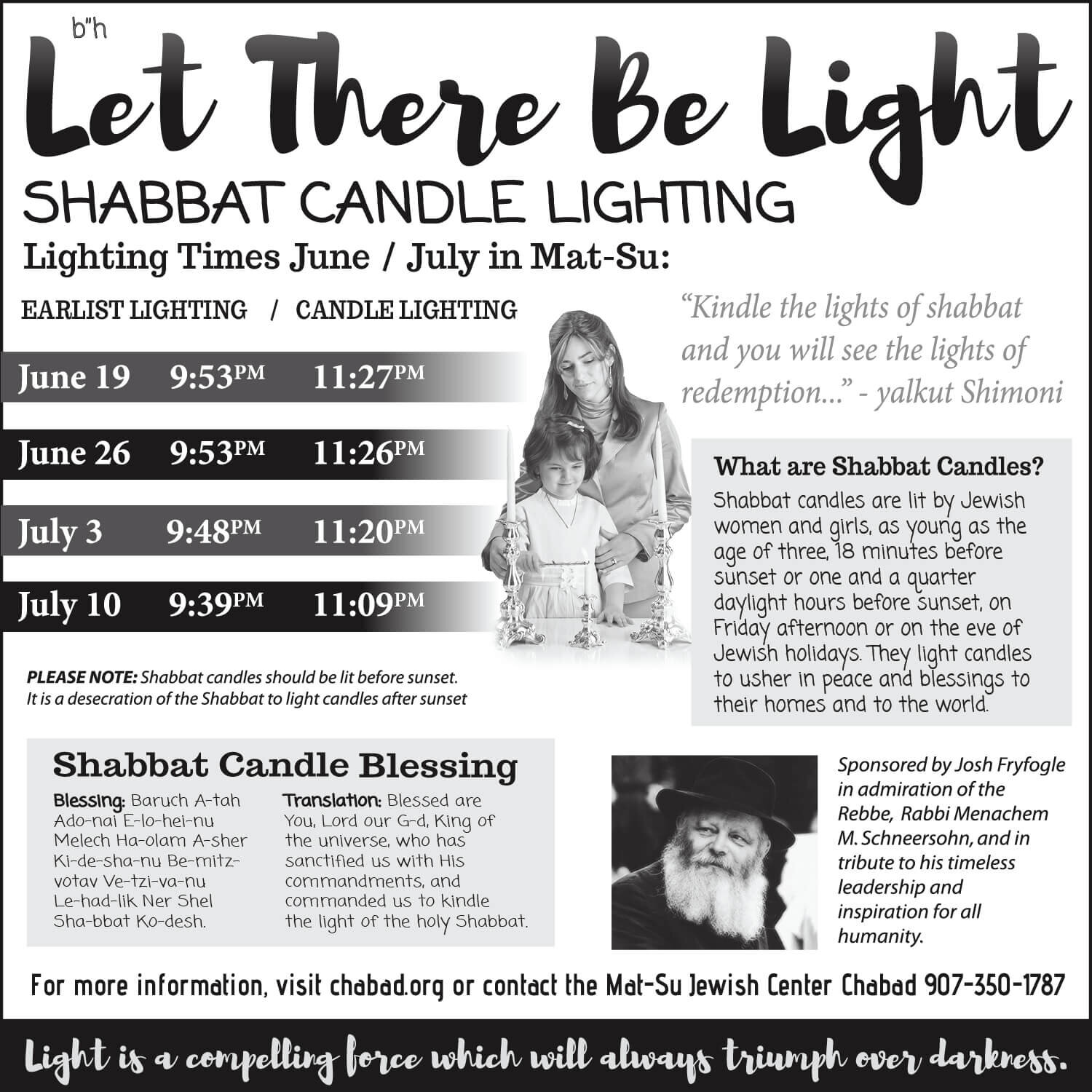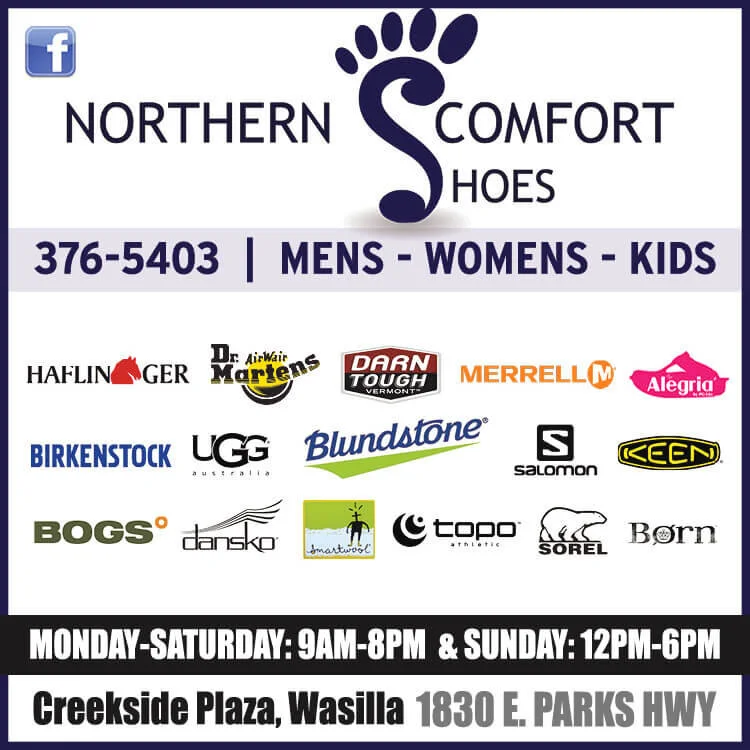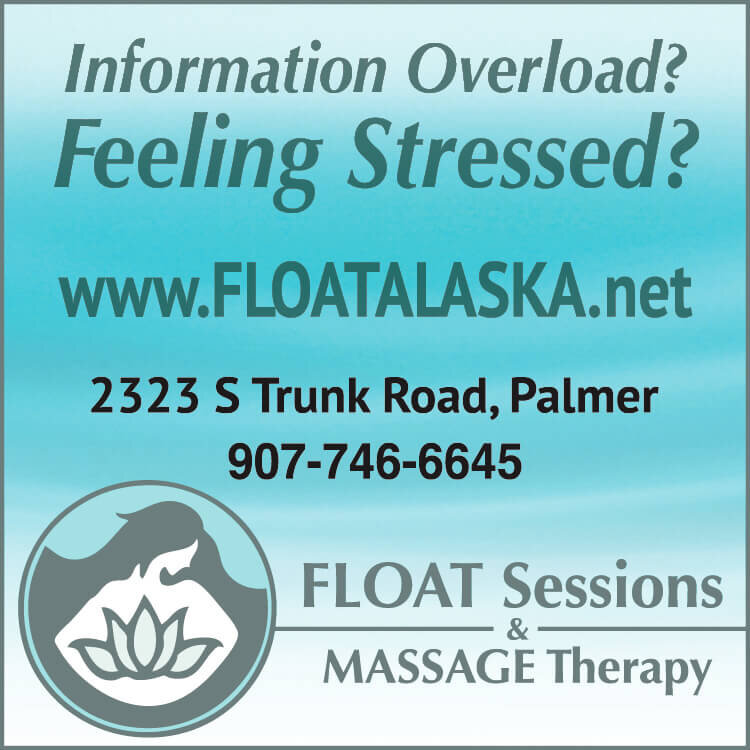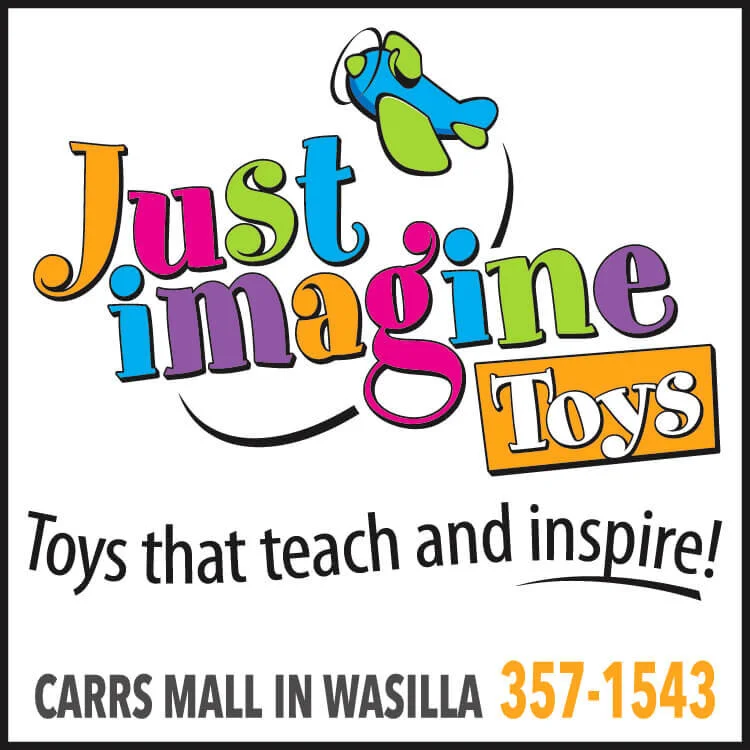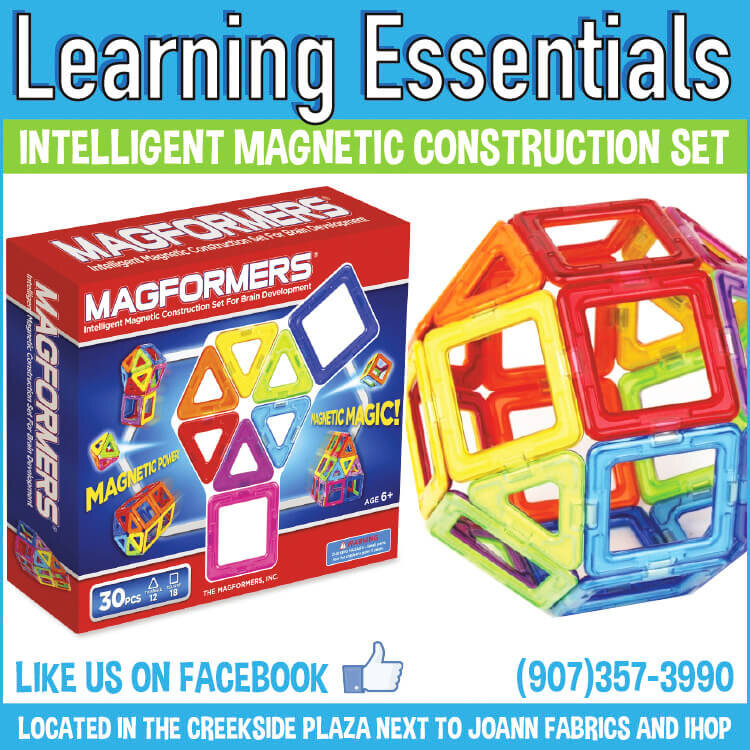Contributed by Ellen Vande Visse
What is more magical than germinating seeds? Go ahead and indulge in this delight. Play with some seeds and potting soil and enjoy growing your own bedding plants. I’ll take you step by step through the process, so you can be successful doing it…organically, of course.
Selecting Your Seed:
Choose seed varieties that do well with our cold soils, cool growing conditions and short season. Make a list of the cold-climate vegetables, flowers and herbs you actually like and want to grow. Then ask yourself, “How many plants do I want of each kind? How many of these will fit the garden space I have?” Seed catalog information will help you lay out a plan on graph paper. For example, a full head of romaine lettuce takes a square foot. Allow 16” of space between plants like kale and broccoli, and 24” between cabbages.
Timing Your Starts:
Start the slowest-growing plants during the last week of February and the first week of March. Sow seeds of onions, parsley, celery, tomatoes and lobelia, as they need a 10-12-week head start to be ready to transplant outdoors around Memorial Day.
Next, plant seeds that need 8-10 weeks. This includes basil, romaine lettuce and some flowers. During late March/early April, sow seeds that need 6-8 weeks to grow before plant-out in late May. Wait until early May to start seeds of sunflower, cucumber and squash families. Download the UAF Cooperative Extension Bulletin HGA 00032 Seed Starting and Transplanting to time your starts.
Where to buy the seed?
In Anchorage, Alaska Mill & Feed stocks seed racks for Renee’s, Territorial, Best Cool Seeds, Burpee, Lake Valley and Ed Hume Seeds.
Here in the Mat-Su, you’ll find seed racks at Far North Garden Supply and grocery stores. If you are looking for Denali Seed, note the new name, Best Cool Seeds. Find them online at www.bestcoolseeds.com and at seed racks at AK Mill & Feed and Non-Essentials in Palmer. This company is not local, but rather specializes on varieties that do well in Alaska.
For catalogs, I recommend Seeds of Change, Nichols Garden Nursery, Fedco, Territorial, Peaceful Valley Farm Supply, High Mowing Seeds, UpRising Seeds, and Johnny’s Selected Seeds. These companies promote organic and untreated seed, biodiversity, sustainable agriculture, and non-toxic pest management. They have signed the Safe Seed Pledge to never knowingly sell genetically-engineered seed.
Selecting Varieties…You have choices to make!
1. Treated or Untreated?
Treated seed is coated with a fungicide, such as thiram or captan, and sometimes an insecticide or anti-microbial chemical. How do you know? Look for some alert written on the seed packet. Check the color of the seed in packets. Treated seed is often dyed pink or some other unnatural color. It is poison. Don’t risk having your child, pet or songbird eat it. Choose untreated or organic seed to keep everyone safe and healthy.
2. Open-pollinated, Hybrid or Heirloom?
“Open-Pollinated” or OP seeds are non-hybrid plants. Pollination occurs naturally by bees, beetles, birds and wind. If you grow crops from OP seeds, you can save the seed. That seed will produce plants just like the parents.
“Heirlooms” are open-pollinated, cultivated varieties, which were once commonly grown in home and market gardens. There is no rule about how old a plant variety must be to be called “heirloom”, though they are usually 50 years or older.
“Hybrids” are denoted in catalogs by F1 and F2. Traditional plant breeders create hybrids by controlling cross-pollination of parent plants. They create strains of crops that concentrate advantageous characteristics like disease resistance. Hybrids are perfectly acceptable for certified organic growing. Hybrids are not appropriate for seed saving, because the next generation will be genetic throwbacks rather than grow up to be like the parent plants. Hybrids should not be confused with genetically-engineered (GE or GMO) seeds, which you’ll want to avoid as an organic grower.
Next time we’ll talk about potting soils, containers and lighting. You’ll learn how to avoid spindly seedlings.
Ellen Vande Visse operates Good Earth Garden School and offers educational workshops through www.goodearthgardenschool.com.

